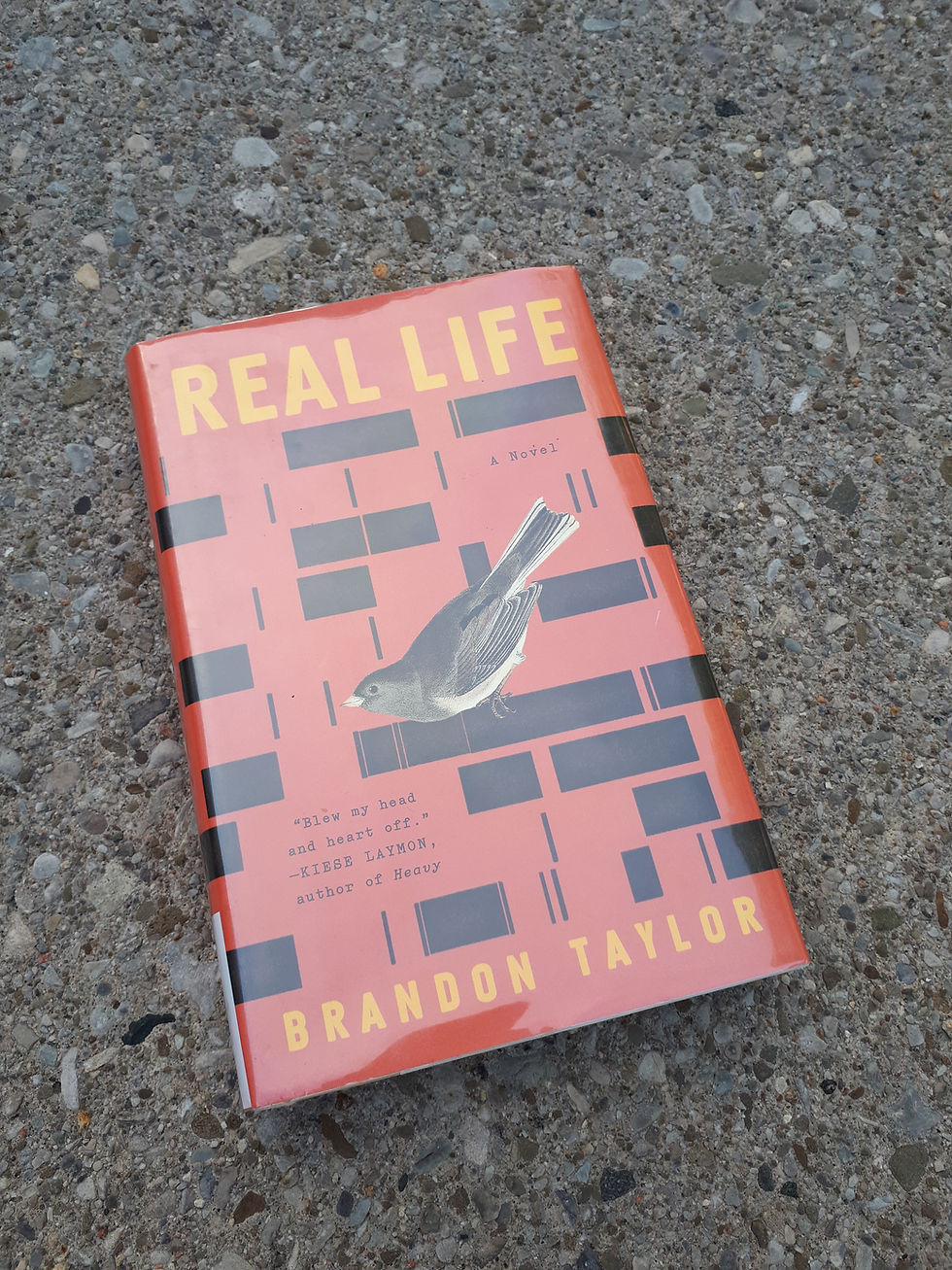What are we afraid of? Unpacking anxiety about "white affinity groups."
- Riisa Walden

- Mar 15, 2021
- 4 min read
There is a lot of talk and a fair bit of anxiety that accompanies naming the work that is supposed to be accomplished in white affinity groups in the context of social justice. Along with affinity groups led by and for Black people, Indigenous people, and people of colour, these are group discussions focused on anti-racist reflection and learning.
Often, concern about white affinity groups manifests as worry about how the name “white affinity group” will be received. This worry, whether explicitly voiced or implied, sounds something like “won’t people wonder what all those white people are talking about together?” [insert furrowed brow here].
In response to this concern, more recently when white affinity group work is proposed, these groups are rebranded as “white accountability groups” or some similar variation that aims to account for the purpose of the group. It always strikes me that these decisions are most often intended to alleviate the worry that these groups might secretly be white supremacist spaces where white people gather to celebrate or solidify their racial privilege.
Considering the context in which these white affinity groups operate, this is a rather odd leap. Yet, at Talking Together for Change, we were as guilty as the rest of succumbing to this euphemizing urge in our official naming of white affinity groups. The primary reason for the name was to preempt perception problems.
So, what’s in a name?
Full disclosure: I have a Ph.D. in English, am a writer, and have worked most of my career as an English teacher. It is likely not surprising, therefore, to learn that I have a deep belief in the power of language to both reflect and construct our understanding of and way of being in the world. It is almost second nature for me to get into lengthy discussions about the “right” word to use or how the idea of “right” in the context of language has been a fundamental part of systemic oppression (Jamila Lyiscott’s TED Talk “3 ways to speak English” is a wonderful conversation starter on this topic in the classroom!). I love talking about the politics of language. That is the kind of thing I enjoy doing on a Friday evening.
I believe that language should evolve to reflect how our world changes, as it has always done, and I support people who have traditionally been labelled by those who strive to oppress them (including myself as a queer person) to exercise the right to determine the terms used to define themselves and be respected in doing so.

But, in my experience of the back-and-forth over what to call white affinity groups, there is a note-worthy feature about who tends to embody the anxiety over how these groups are named, and it is predominantly white people. And, as I come across this same anxiety again and again, the sneaking suspicion has arisen that more is going on here that needs to be addressed.
For those versed in critical race theory and social justice work or those inclined to do some research before descending into fearful speculation, you don’t have to look too hard to find an established framework for white affinity groups (named as such) as part of a broader structure and history of race-based activism.
When I talk to Black people, Indigenous people, and other people of colour about white affinity groups, I am usually met by curiosity about what the groups are for and then enthusiasm about the fact that white people will be actively engaging in the critical thinking and reflection about anti-racism. Wouldn’t that be something?
So why do some white people get their knickers in a knot about the name “white affinity group”? Is it possible that the fixation on properly naming the group serves as a convenient roadblock from actually doing the work for which these groups are intended?
The white affinity groupings we should really be talking about
With more affinity groups popping up recently for BIPOC educators and students as well as people in other employment settings, it seems that the core philosophy of affinity group work is gaining traction (this wasn’t always the case: think back to the controversy surrounding the 1994 Writing Thru Race conference).
Comparing the increasing openness to BIPOC affinity groups to corresponding reticence with regards to white affinity groups, I feel the latter rests upon an assumption in white culture that gathering to talk about race, racism, and anti-racist activism is a logical extension of the lived experiences and vested interests of Black people, Indigenous people, and people of colour. Yet, in that same white culture, white people are neither expected to, shy away from, and, in many cases, are actively discouraged from engaging with these topics and reflecting on themselves as racialized individuals in a society that privileges them as a direct consequence of that same racial identity.
In resisting the name “white affinity group”, white people appear to be striving to distance themselves from any perception of race exclusivity. Yet, they do not tend to resist the white status quo as vociferously in positions of power and privilege in other areas of society. Only when it comes to doing anti-oppression work do we, white people, get quite sensitive about no people of colour being in the room.
Perhaps, my fellow white people, we ought to worry more about the entrenched white affinity spaces that pervade our administrative teams, our education system, our boardrooms, our cultural productions, and our governments and spend less time quibbling about the appropriate name for a group intended to help disrupt the make-up of these white-dominated institutions and practices.





Comments